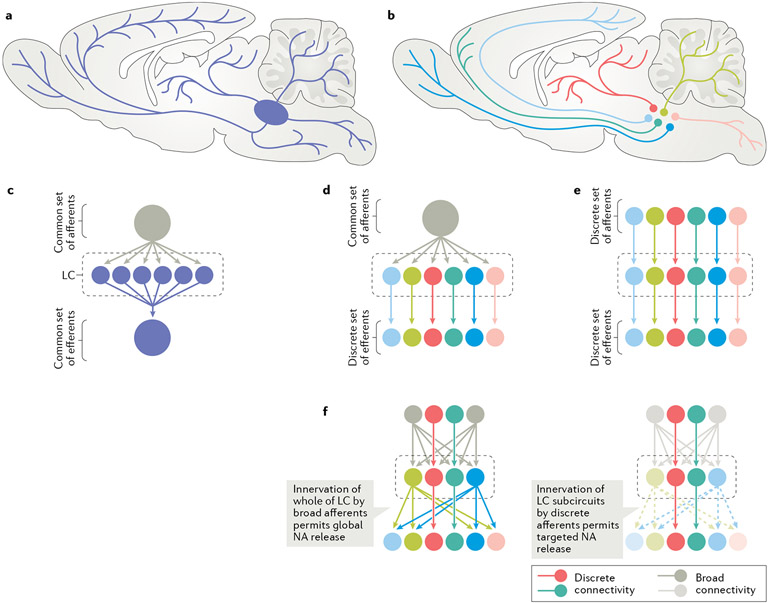Fig. 2 ∣. Evolving views of the LC synaptic architecture and functional organization.
a ∣ Historically, the locus coeruleus (LC) had been thought to contain functionally homogeneous neurons (indicated here by a uniform blue colour) whose axons extensively collateralize and indiscriminately innervate functionally diverse terminal fields21. b ∣ More recently, several studies4,7,12-14 have shown that the axons of LC neurons are less extensive than had previously been recognized, and instead innervate anatomically and functionally distinct targets. In the schematic, each colour represents a population of LC neurons that projects strongly to a preferred terminal field, including olfactory bulb (medium blue), frontal cortex (medium green), visual cortex (light blue), thalamus and midbrain (red), cerebellum (light green) and spinal cord (pink). Note that this schematic is illustrative only and that there are likely more than six efferent LC pathways. Evidence also suggests that LC neurons also innervate terminal fields beyond their preferred targets, though less densely. c–f ∣ The organization of the presynaptic inputs to LC is less clear. Early studies suggested that all LC neurons were innervated by a limited set of common afferents, which then went on to innervate all regions of the CNS16 (part c). Another possibility is that a common set of afferents equally innervate all LC neurons, which then transmit information in a selective way to specific terminal fields (part d). A more complex arrangement would have unique afferents linked to discrete LC neurons that preferentially innervate functionally distinct terminal fields, such that there is discrete coding of information as it passes through the nucleus (part e). Another possibility is that the LC is organized such that some afferents innervate all of the LC, and so can modulate the activity of the nucleus as a whole, while others are more discrete and allow for point-to-point communication4. The same holds true for LC efferents: some LC neurons have a preferred terminal field that they densely innervate, while others broadly innervate vast expanses of the CNS1. Under this model, the LC is capable of globally broadcasting information to all its terminals simultaneously when its broad afferents are engaged. In some circumstances, however, only discrete afferents may be engaged, to allow for discrete coding of information by LC and transmission only to specific terminals (part f). NA, noradrenaline.

